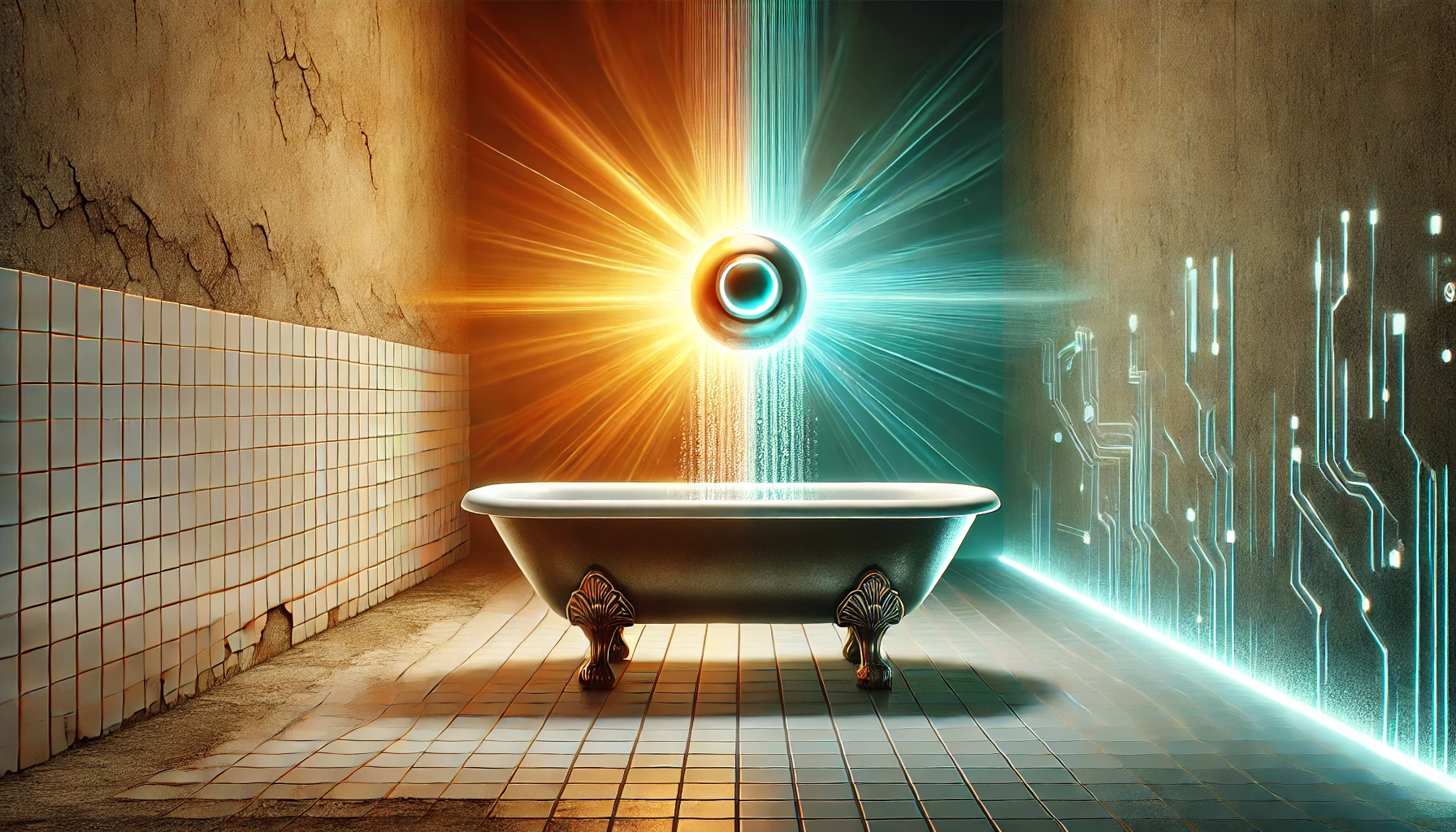We’ve all heard it: “Don’t throw the baby out with the bathwater.” In business, this phrase is often deployed as a caution against overcorrection. It urges us to preserve the core while cleaning up the mess around it.
Fair enough, except when the core itself is the problem.
The phrase assumes there’s a precious “baby” worth saving. But what if there isn’t? Or what if the effort to preserve it is what’s anchoring your organization to outdated technology, brittle architecture, or calcified culture? I’ve seen this dynamic over and over, especially in efforts to modernize data, analytics, and infrastructure. The desire to hold onto “what works” can quietly become the biggest blocker to building what’s next.
As Tom Peters put it: “Don’t rock the boat. Sink it and start over.” John Maxwell echoes the same spirit: “You must destroy the old to create something new.” This isn’t recklessness. It’s clarity.
When This Mentality Backfires
In my experience leading and advising data and technology teams across multiple industries, I’ve seen this mentality derail transformation efforts, especially when leaders try to modernize while staying overly loyal to the past:
- A company wanted to modernize its data platform but insisted on retaining decades-old naming conventions “so legacy reports won’t break.” Weeks of engineering time were spent preserving artifacts no one used anymore.
- A product org delayed a complete re-architecture because the existing system “still worked.” Meanwhile, innovation slowed and talent attrition rose because no one wanted to work on an aging monolith.
- A leadership team kept a legacy analytics tool alive because “some stakeholders still like it.” The result? Duplication of metrics, misalignment in decisions, and mounting technical debt.
Each of these situations involved well-intentioned efforts to protect the “baby.” But in truth, they were clinging to the bathwater. And over time, that clinging eroded clarity, slowed down execution, and killed momentum.
The Case for Creative Destruction
There are times when starting over is not just justified. It’s necessary. I’ve learned this firsthand. If you want to build something truly next-generation, you will have to let go of the structures that supported the previous generation.
Creative destruction isn’t chaos. It’s strategy. It’s the decision to move from patchwork to platform. From legacy metrics to modern intelligence. From just-in-case reporting to just-in-time decision-making.
That doesn’t mean torch everything. It means you stop assuming value by default. You assess rigorously. You ask:
- Is this still serving our mission?
- Does it help us move faster, better, or cheaper?
- Would we choose to build it the same way today?
If the answer is no, then why are we preserving it?
The Middle Path: Letting Go With Intention
This isn’t a call for reckless demolition. It’s a call for honest triage. Not everything old is obsolete. But not everything old is sacred either.
So what should you do?
- Audit with brutal honesty. Don’t just ask what’s working, ask what’s working well enough to justify its cost.
- Kill sacred cows. Often the most defended systems are the least effective.
- Make migration part of your strategy. Build bridges when needed, but don’t confuse bridges for permanent solutions.
- Talk in terms of outcomes. People resist change when they fear loss. Show them what’s possible once you let go.
In Closing
This post connects to a broader theme I’ve written about before, pushing through resistance to bring bold ideas to life. But sometimes, pushing through doesn’t mean fighting harder. It means stepping back and making the harder call: to stop preserving what no longer serves you.
Too often, teams spend months debating what to preserve, how not to disrupt, or whether they might be “throwing away the baby.” Meanwhile, real progress stalls. In my experience, tangible momentum happens the moment people stop clinging and start building.
Transformation isn’t about saving what once worked. It’s about creating what will. If you’re afraid to throw out the baby with the bathwater, it’s time to double-check what’s actually in the tub.
Because sometimes, the bravest move is to let go and start fresh.
